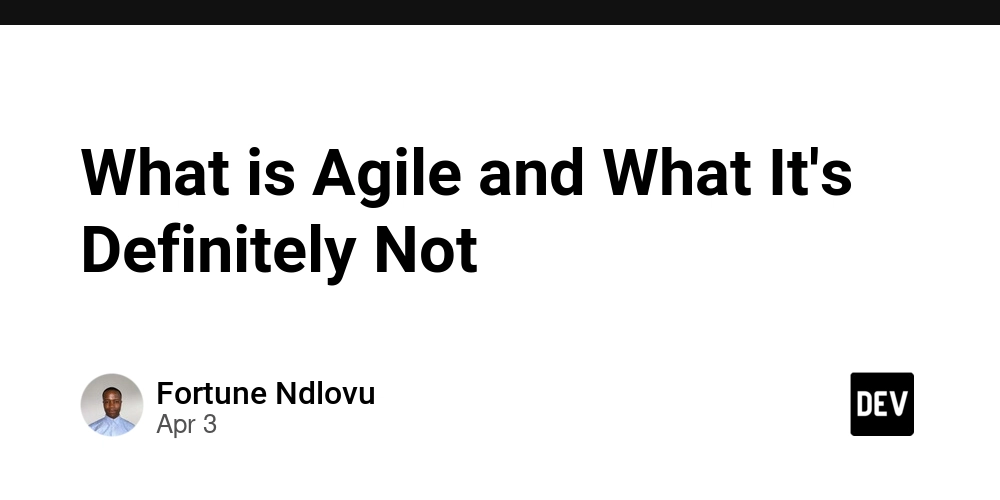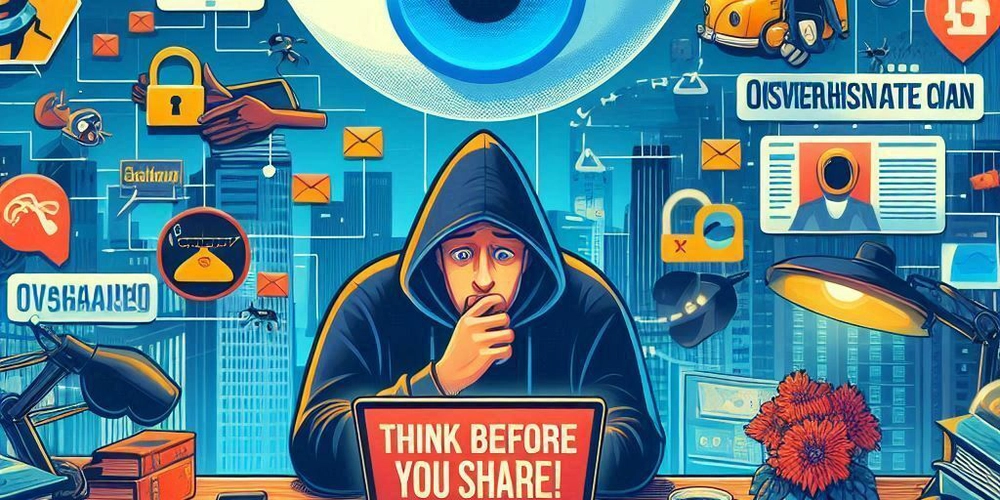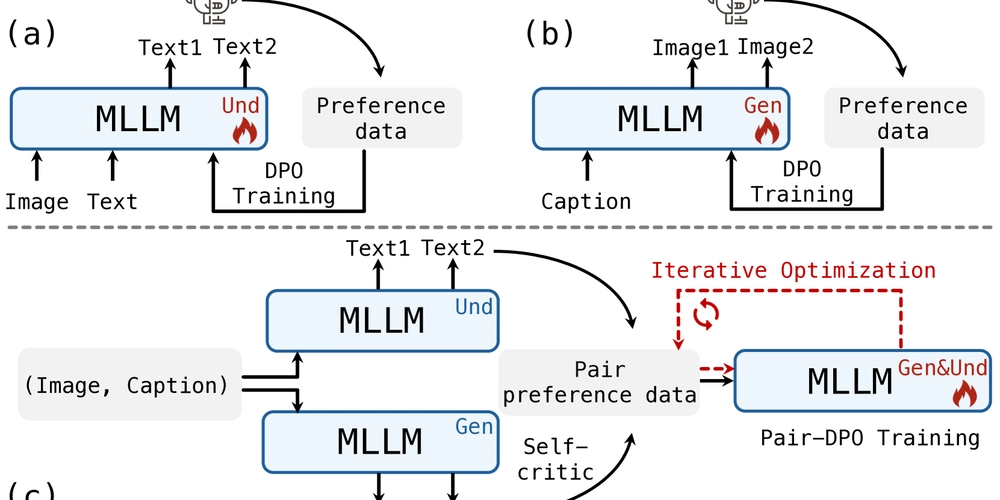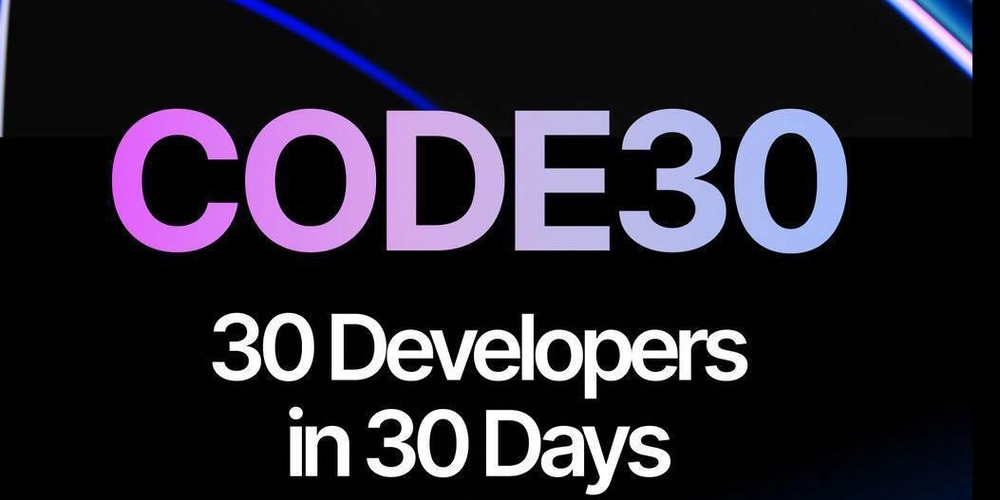What is Agile and What It's Definitely Not
“Agile” gets thrown around a lot in tech. Some teams think daily standups and Jira boards mean they’re Agile. But Agile isn’t a checklist of ceremonies it’s a mindset. In this post, we’ll unpack what Agile really means, and what it doesn’t, and show examples of each. What Agile Is Agile is about delivering value iteratively, working closely with stakeholders, and being flexible in the face of change. It’s rooted in the Agile Manifesto, which values: Individuals & interactions over processes & tools Working software over comprehensive documentation Customer collaboration over contract negotiation Responding to change over following a plan Let us look at a few real-world examples. Iterative Delivery You launch a minimal version of a developer portal, just enough to be useful and ship updates weekly based on user feedback. That’s Agile. You’re delivering early, gathering insights, and improving fast. Retrospectives That Drive Change After each sprint, your team reflects and applies one concrete improvement. Agile isn't just about building products it’s about building better teams over time. What Agile Is Not Agile is not a process to follow blindly or a way to rebrand Waterfall. It’s not micromanagement in disguise, and it’s definitely not ignoring feedback because “it’s in the sprint plan.” Micromanagement with Jira Jira tracks every task, but the team has zero say in scope or implementation. That’s command-and-control, not Agile. Agile thrives on trust, autonomy, and shared goals. Ignoring Change Users raise concerns mid-sprint, but the team says “Too late, it's already planned.” Agile teams embrace change even mid-sprint if it leads to better outcomes. Agile Is a Mindset, Not a Method Scrum, Kanban, SAFe they’re frameworks, not guarantees. Agile is about adaptability, collaboration, and continuous improvement. Tools help, but mindset matters more. Agile isn't about doing Agile. It’s about being Agile. Final Thoughts If your team delivers working software, listens to users, adapts to feedback, and improves each sprint that’s Agile. If you're just checking boxes, it might be time to rethink what agility really means.

“Agile” gets thrown around a lot in tech. Some teams think daily standups and Jira boards mean they’re Agile. But Agile isn’t a checklist of ceremonies it’s a mindset.
In this post, we’ll unpack what Agile really means, and what it doesn’t, and show examples of each.
What Agile Is
Agile is about delivering value iteratively, working closely with stakeholders, and being flexible in the face of change. It’s rooted in the Agile Manifesto, which values:
- Individuals & interactions over processes & tools
- Working software over comprehensive documentation
- Customer collaboration over contract negotiation
- Responding to change over following a plan
Let us look at a few real-world examples.
Iterative Delivery
You launch a minimal version of a developer portal, just enough to be useful and ship updates weekly based on user feedback. That’s Agile. You’re delivering early, gathering insights, and improving fast.
Retrospectives That Drive Change
After each sprint, your team reflects and applies one concrete improvement. Agile isn't just about building products it’s about building better teams over time.
What Agile Is Not
Agile is not a process to follow blindly or a way to rebrand Waterfall. It’s not micromanagement in disguise, and it’s definitely not ignoring feedback because “it’s in the sprint plan.”
Micromanagement with Jira
Jira tracks every task, but the team has zero say in scope or implementation. That’s command-and-control, not Agile. Agile thrives on trust, autonomy, and shared goals.
Ignoring Change
Users raise concerns mid-sprint, but the team says “Too late, it's already planned.” Agile teams embrace change even mid-sprint if it leads to better outcomes.
Agile Is a Mindset, Not a Method
Scrum, Kanban, SAFe they’re frameworks, not guarantees. Agile is about adaptability, collaboration, and continuous improvement. Tools help, but mindset matters more.
Agile isn't about doing Agile. It’s about being Agile.
Final Thoughts
If your team delivers working software, listens to users, adapts to feedback, and improves each sprint that’s Agile.
If you're just checking boxes, it might be time to rethink what agility really means.









































































































































































![[The AI Show Episode 142]: ChatGPT’s New Image Generator, Studio Ghibli Craze and Backlash, Gemini 2.5, OpenAI Academy, 4o Updates, Vibe Marketing & xAI Acquires X](https://www.marketingaiinstitute.com/hubfs/ep%20142%20cover.png)



























































































































![[FREE EBOOKS] The Kubernetes Bible, The Ultimate Linux Shell Scripting Guide & Four More Best Selling Titles](https://www.javacodegeeks.com/wp-content/uploads/2012/12/jcg-logo.jpg)



![From drop-out to software architect with Jason Lengstorf [Podcast #167]](https://cdn.hashnode.com/res/hashnode/image/upload/v1743796461357/f3d19cd7-e6f5-4d7c-8bfc-eb974bc8da68.png?#)






































































































.png?#)




.jpg?#)
































_Christophe_Coat_Alamy.jpg?#)








































































































![Rapidus in Talks With Apple as It Accelerates Toward 2nm Chip Production [Report]](https://www.iclarified.com/images/news/96937/96937/96937-640.jpg)








































































































































